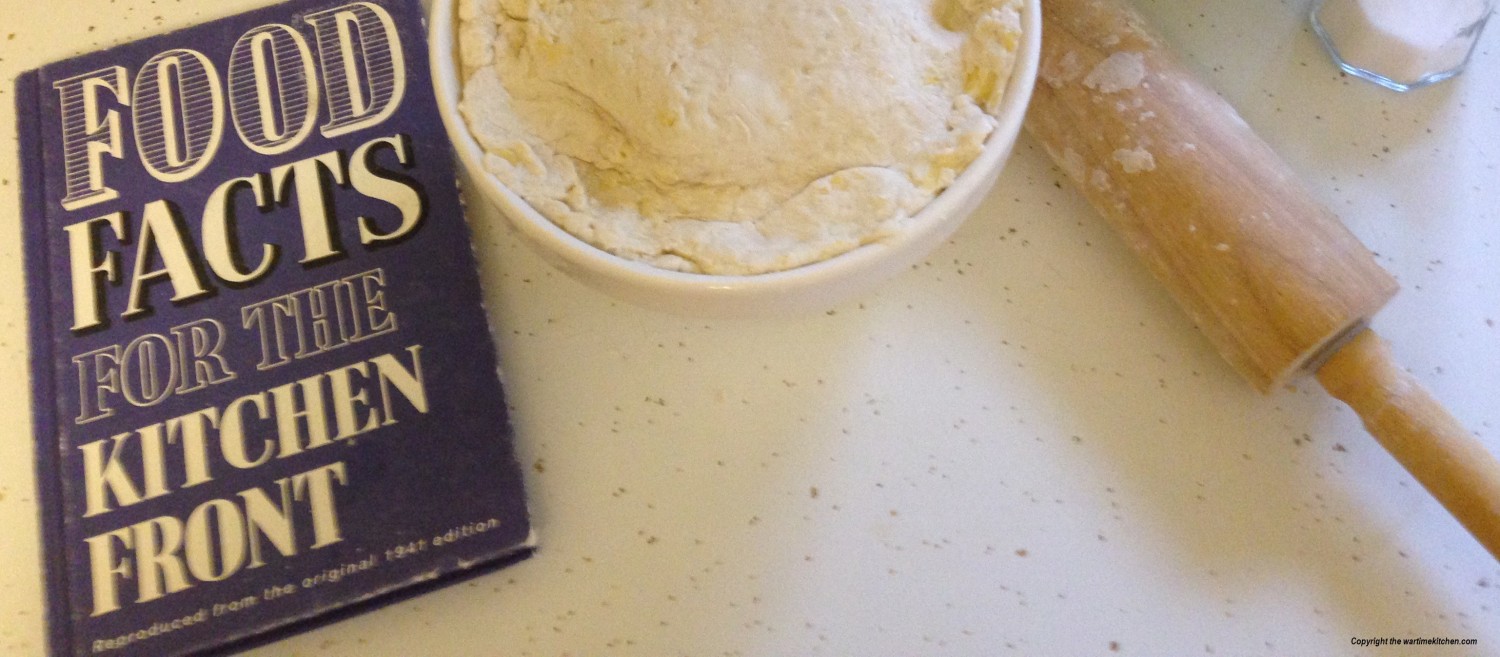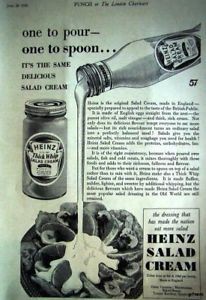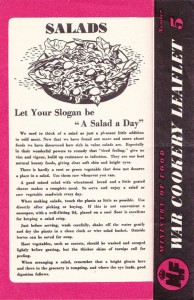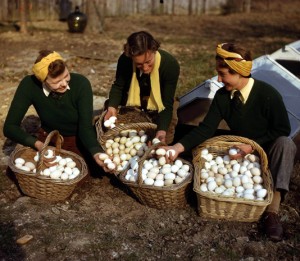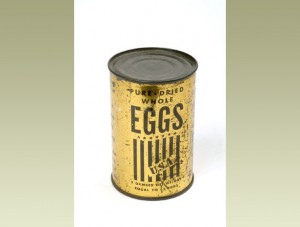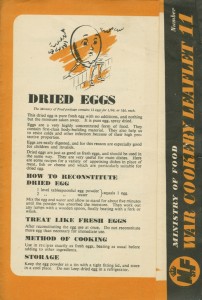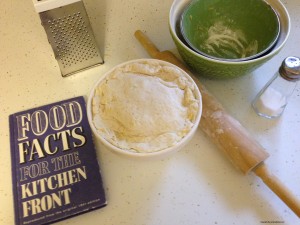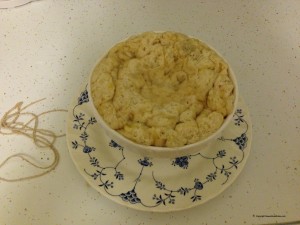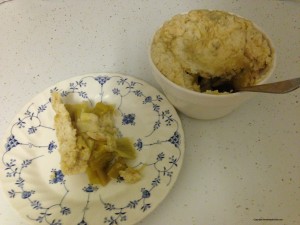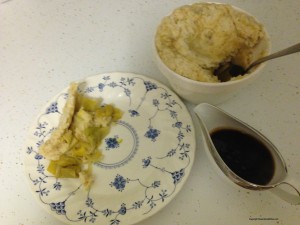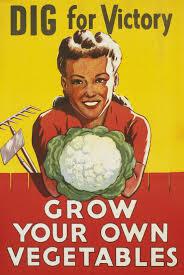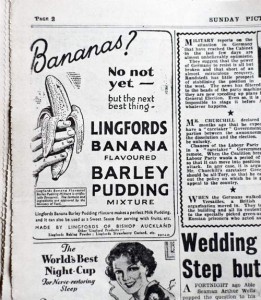O pungent root, so lately dear to me,
Thou bulbous, aromatic rarity . . .
Today thou are a treasure vainly sought . . .
Who would have thought there would be an ode to an onion? But with the start of the war, onions became a rare treat. What contributed to the sudden disappearance of onions? The supply chain was broken due to the loss of supplies from France, Spain, Bermuda, and the Channel Islands. Since they were available from overseas, onions were not grown in great quantities in Britain, except on the larger estates. The “Dig for Victory” campaign urged gardeners to grow onions; even the royal rose gardens were dug up and replaced with onion beds. With their rarity, onions were often given as prizes and used as raffle items to raise money!
“The taste of this humble vegetable, so long taken for granted, seemed suddenly the peak of gastronomic pleasure, partly because with meat rationed by value, not weight, stews, which used the cheapest cuts, were in favour. At least two Odes to an Onion were written in 1941. By September the shortage was no better as, these verses in one London firm’s house magazine testified:
My cupboard might as well be bare.
Bereft, I wander everywhere
And try, nose in the empty air,
To sniff a whiff of onion.
In February 1941 a one-and-a-half pound onion, raffled among the staff of TheTimes, raised £4 3s 4d and in March, when one woman remarked at a first aid lecture in Chelsea that she did not cry if she wore her gas mask when peeling onions, every woman present instantly shouted, ‘Where did you get them?’ Onions became popular prizes at socials and one wartime Girl Guide in Accrington can still recapture her pride at winning one in a treasure hunt, in honour of which her mother baked a special pie. A Cheshire doctor remembers ‘taking home in triumph’ the best gift he ever received from a grateful patient: a large Spanish onion. One ‘aunt’ on Children’sHour, wishing ‘A Happy Birthday and lots of presents’ to one small listener, added, ‘I did hear of a lucky girl the other day who was given some onions, but we can’t all expect a lovely present like that,’ A Worcestershire woman used the same onion in cooking for a month before finally eating it, and in North Queensberry in Scotland one family ‘tried putting an onion in a glass of water like a hyacinth bulb and, as the green shoots appeared . . . cut them off and used them for flavouring’. The Minister of Agriculture, announcing in February 1941 a fifteen-fold increase in the onion crop, expressed the hope that ‘onions would then be eaten and not talked about’, and by 1942 this expectation was being fulfilled.” -An extract from Norman Longmate: How we Lived Then – A history of everyday life during the Second World War
Onions were never rationed; the Ministry of Food allocated them throughout the country at different times as part of a controlled distribution plan.

